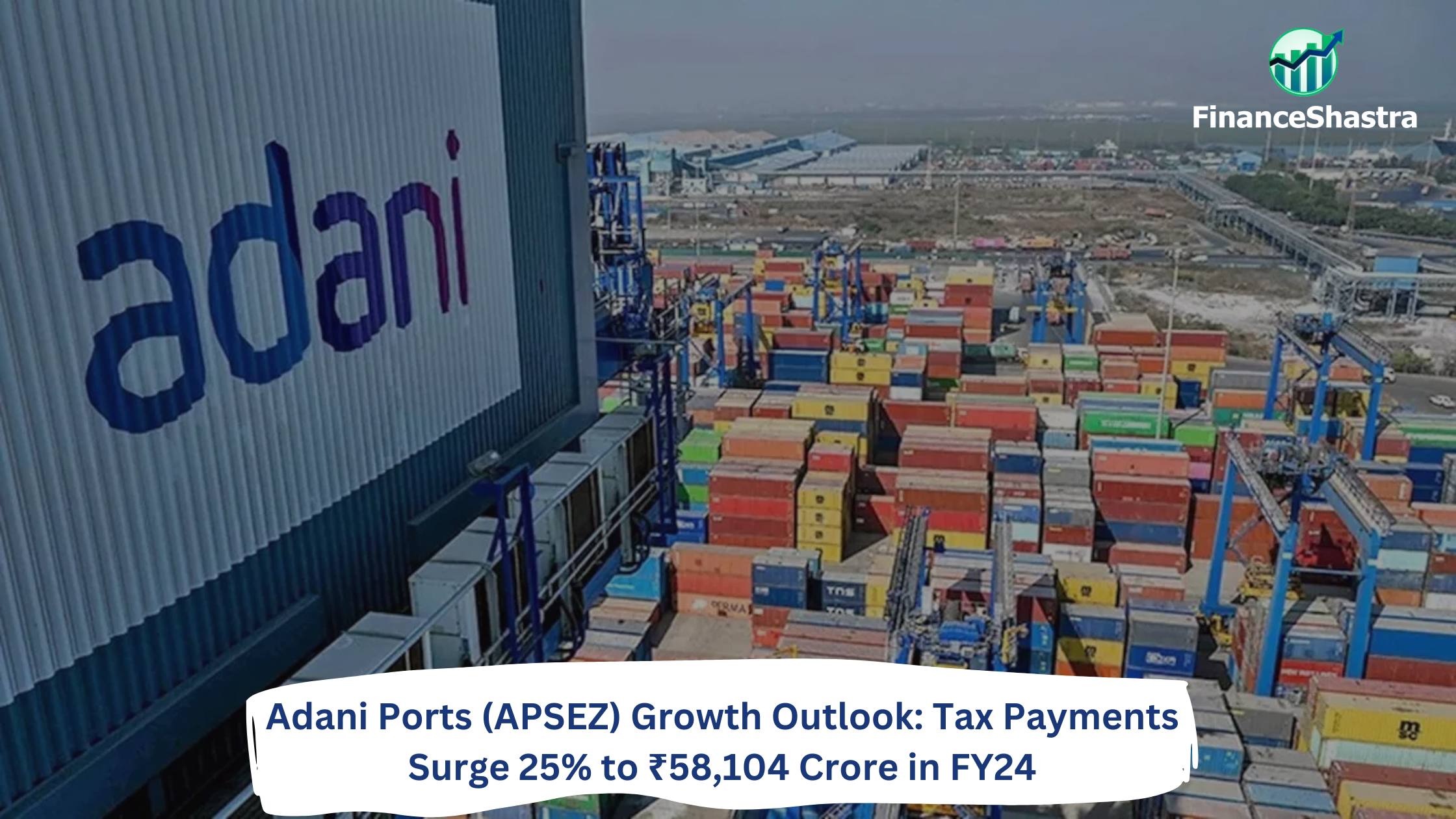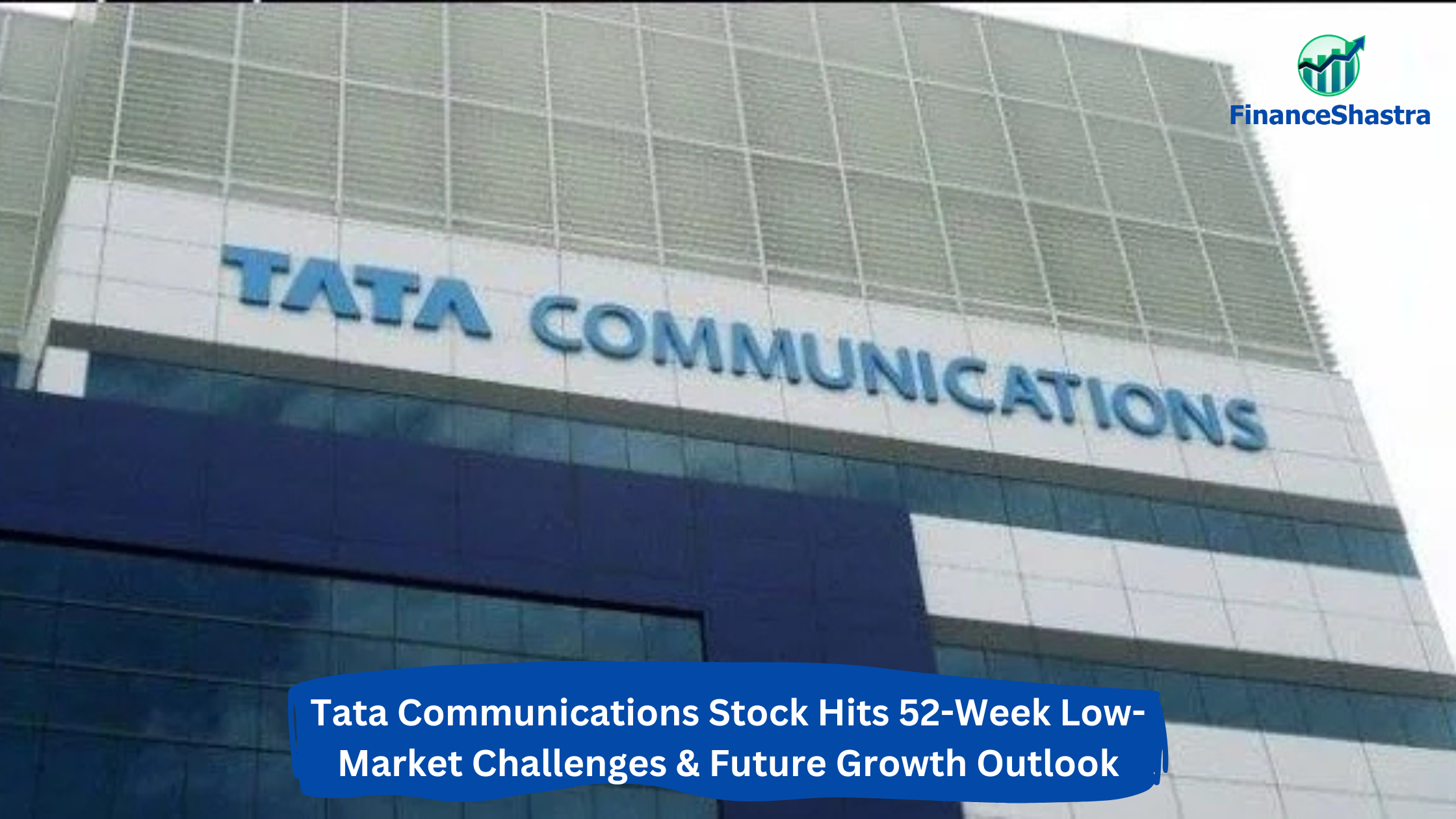State Bank of India’s Latest Market Trends and Financial Insights: Hit 52-Week Low
Business and Industry Overview:
State Bank of India (SBI) is the largest government-owned bank in India and one of the biggest banks in the world. It has a strong presence in the banking sector, holding 23% of the country’s total assets and 25% of all loans and deposits. With around 250,000 employees, it is also one of India’s top employers. SBI has achieved major milestones in the stock market, reaching a market value of over ₹8 trillion in 2024, making it one of the most valuable companies in India. The Reserve Bank of India (RBI) considers SBI a “too big to fail” bank, meaning it is crucial to the country’s financial system. The bank has a rich history, dating back to 1806, and was originally called the Imperial Bank of India before being renamed SBI in 1955. Over the years, it has grown by merging with more than 20 banks. In 2022, SBI opened a special branch in Bengaluru to support start-ups in India.
India’s financial sector is growing rapidly, driven by technology, government policies, and increasing investor interest. While banks still dominate, other areas like mutual funds, insurance, and digital payments are expanding quickly. Looking ahead, the industry is expected to grow even more. The mutual fund market is set to reach ₹95 lakh crore (US$ 1.15 trillion) by 2025, and the insurance sector could hit US$ 250 billion. Digital payments are booming, with mobile wallets expected to reach US$ 5.7 trillion by 2027, and UPI transactions already crossing ₹18.53 lakh crore (US$ 222.66 billion) per month. India’s stock market is also on the rise and is expected to become the fifth-largest in the world, surpassing US$ 5 trillion. More global companies are investing in India, especially in insurance and finance. Additionally, the number of wealthy individuals is growing, which will make India one of the top private wealth markets by 2028. With strong government support, better financial access for people, and new technologies, India’s financial sector is set to become a major player globally in the coming years.
State Bank of India (SBI) is the biggest bank in India, offering financial services to individuals, businesses, and government institutions. It plays a major role in banking, investments, and lending, making it a key player in the country’s financial system. SBI is focusing a lot on digital banking. It has launched new apps like ‘YONO for Every Indian’ and ‘Yono Global’ to make banking easier, even for customers in Singapore and the US. It also introduced UPI transactions for India’s digital currency (CBDC) and an electronic Bank Guarantee (e-BG) to speed up banking processes. The bank is also raising funds to support India’s infrastructure and sustainability projects. It secured over US$ 1.2 billion through bonds and completed a US$ 1 billion loan focused on environmental and social impact—the biggest of its kind in Asia. To support startups, SBI has opened special branches that provide all banking services under one roof. It is also helping expand banking services by partnering with RailTel to bring 4G connectivity to 15,000 offsite ATMs across India. With its focus on digital banking, international expansion, and financial inclusion, SBI continues to be India’s most important and trusted bank.The bank has a market share of 22.84% in deposits and 19.69% share in advances in India. It has a strong customer base of ~45 crore customers.
Latest Stock News:
State Bank of India (SBI) shares fell to a 52-week low of ₹710.90 on February 24, 2025, after InCred Equities downgraded the stock from ‘Add’ to ‘Hold’ and lowered its target price from ₹1,100 to ₹795. The downgrade was due to concerns about SBI’s future profitability. Analysts expect the bank’s ability to generate returns (RoA) to decline from 1% in FY25 to 0.8% in the next two years as profit margins shrink and loan losses return to normal levels. Similarly, its return on equity (RoE) is expected to drop from 16-17% to 13-14% as borrowing costs rise and interest rates fall. A big part of SBI’s profits come from non-core income, like trading gains and loan recoveries, but experts believe this income may not be reliable in the long run. Additionally, SBI is recovering less money from bad loans compared to other government-owned banks. These factors have made analysts cautious about SBI’s future earnings, despite its strong past performance.
State Bank of India (SBI) made a huge profit of ₹16,891 crore in the last three months of 2024, which is 84% more than what it earned in the same period the previous year (₹9,164 crore). The bank’s total income (money it earned from all sources) also increased to ₹1,28,467 crore, compared to ₹1,18,193 crore last year. Most of this came from interest income, which grew to ₹1,17,427 crore. SBI’s bad loans (NPAs) decreased, meaning fewer people failed to repay their loans. Its gross NPA dropped to 2.07% (from 2.42%), and net NPA fell to 0.53% (from 0.64%). As a whole group, SBI’s total profit went up 70% to ₹18,853 crore, and its total earnings touched ₹1,67,854 crore. These numbers show SBI is growing stronger and making more money while improving loan recoveries.
Potentials:
State Bank of India (SBI) is growing fast and making banking easier for people. It is launching a new mobile app in the U.S. and Singapore and allowing UPI payments for Digital Rupee. SBI is also letting people withdraw cash without a card. It is giving more loans to businesses and helping startups with special banking services. The bank is also working with Japan and raising money for eco-friendly projects. By opening more ATMs, helping people pay back loans, and supporting small businesses, SBI is making banking better for everyone. SBI has many ways to grow. It can use technology to make banking easy for people, open more branches in India and other countries, and help people who do not have bank accounts save money and learn about banking. SBI can also collaborate with other companies to generate new ideas. However, to keep people’s money safe, SBI needs strong security and rules.
Analyst Insights:
Key financial metrics:
Market Value: ₹637664.06 crore
Price-to-Earnings (P/E) Ratio: 8.03
Dividend Yield: 1.89%
Return on Capital (ROCE): 6.16%
Return on Equity (ROE): 18.1%
Dividend Payout: 18%
PAT: ₹82,346 Crore (₹167,285 crore from other income)
Financing Profit: ₹-58,965 Crore
SBI has been making more and more profit every year, growing very fast (98.7% per year) in the last five years. The bank gives some of its earnings (18.1%) to its shareholders as dividends. But it does not have a lot of extra money to easily pay interest on its loans. SBI also has a huge amount of money (₹24.65 lakh crore) in possible future payments, which it may have to pay later. A big part of its earnings (₹1.67 lakh crore) comes from other sources, not just from banking.
SBI is making good profits and has a low price, meaning it could be a good deal. It also pays dividends and gives good returns to its investors. But the bank is losing money in its main business and is making a lot from other income sources. It also has big risks because of its huge liabilities. If you own SBI shares, keep them, but if you don’t, wait before buying.










